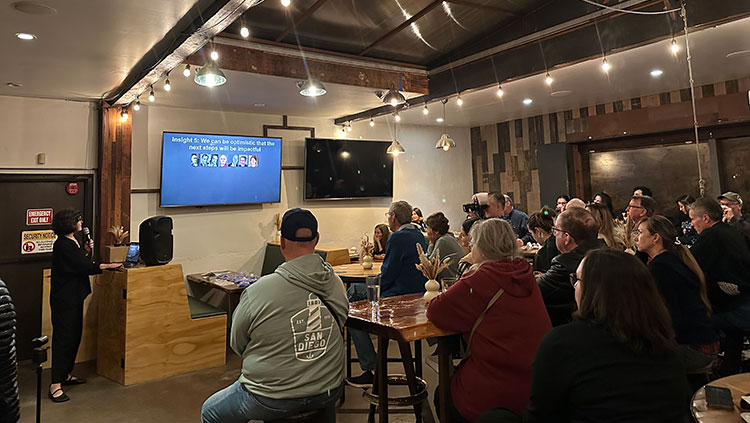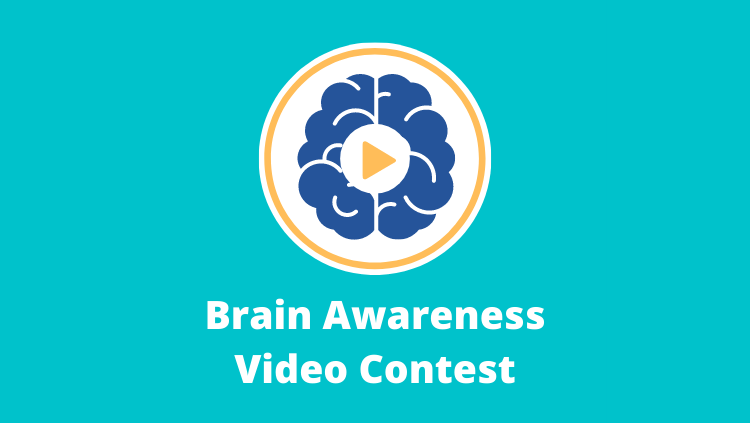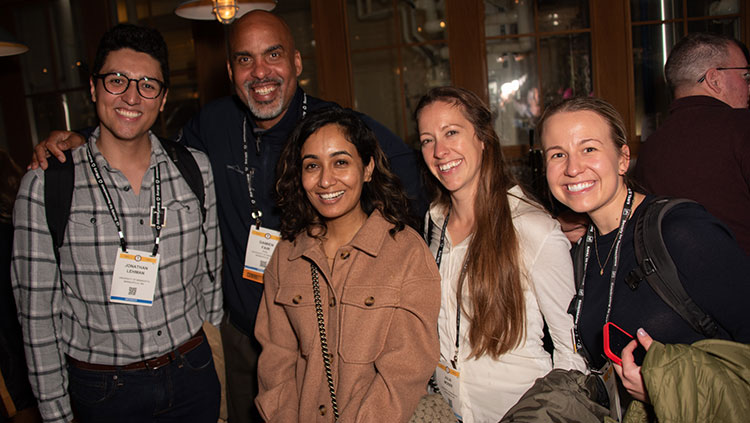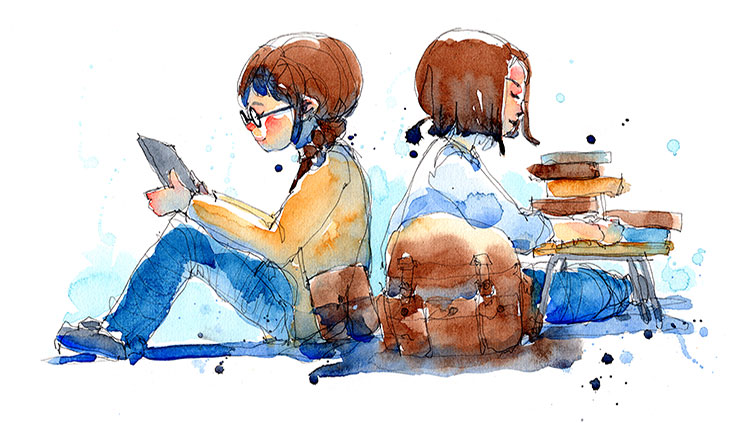Where Does Neuroscience Go From Here? Experts Share Insights Over a Pint
- Published19 Nov 2025
- Author Bella Isaacs-Thomas
- Source BrainFacts/SfN

On a uncharacteristically rainy fall evening in San Diego, patrons of Little Bird Brewery in the city’s North Park neighborhood rubbed shoulders with two neuroscientists eager to share their work and chat about it over a beer. This public event, called “BrainFacts LIVE: Decoding Disorders,” was held during the Society for Neuroscience’s annual meeting.
University of Pennsylvania psychology professor Nicole Rust kicked off the night with a look at where neuroscience has been before, and where the field is heading now. Rust’s new book, “Elusive Cures: Why Neuroscience Hasn’t Solved Brain Disorders — and How We Can Change That,” delves into the complex, often circuitous route researchers take to identifying therapies to treat disorders of the brain.
The history of neuroscience is dotted with major achievements, yet plenty of outstanding questions remain. In Rust’s view, moving the needle on these efforts requires a reconfiguration of how we think about the disordered brain itself. She argues we should conceptualize it as less of a chain with broken links and more of a dynamic system with countless moving and interconnected parts, not unlike a hurricane. Despite starting this project from a somewhat pessimistic position, Rust said she finished it unequivocally optimistic about the future of brain research.
Sreekanth Chalasani of the SALK Institute for Biological Studies followed Rust with a crash course on deep brain stimulation (DBS). DBS is used to treat a wide range of brain disorders, including Parkinson’s disease and depression. Surgical implants deliver stimulation to specific parts of patients’ brains. But Chalasani and his team are investigating whether there’s a way to approach this intervention sans surgery using ultrasound in a novel method called “sonogenetics.” This therapeutic would involve inserting a protein into cells that in turn allows them to sense and respond to ultrasound stimulation.
So far, their research is limited to animal models. But Chalasani said he and his colleagues aim to one day “express the protein in the right cell in the brain,” permitting it to connect to “a tiny device sitting on the person's head that produces the ultrasound needed to target that part of the brain.”
“It kind of takes this pedestal, or this imagination of what people think a scientist is, down a notch. It makes them real people.”
— Michaela Cullum-Doyle
The BrainFacts team worked alongside Michaela Cullum-Doyle, a graduate student at the University of California, San Diego, to plan and execute this year’s BrainFacts LIVE event. Cullum-Doyle also serves as city coordinator for her local Taste of Science branch. She said Taste of Science hosts yearly festivals featuring expert speakers who present their work to people of all ages
For Cullum-Doyle, facilitating an accessible space to talk about science is important because it invites people to engage with a wide range of topics as well as scientists themselves. She said she thinks misinformation and the ongoing politicization of science stems from how inaccessible the field can seem to those who aren’t part of it. Collum-Doyle believes people are naturally curious, but that they may not know who to go to with their questions. Attendees often tell her they appreciate the chance to chat with researchers in a relaxed setting.
“It kind of takes this pedestal, or this imagination of what people think a scientist is, down a notch,” she said. “It makes them real people.”
CONTENT PROVIDED BY
BrainFacts/SfN
What to Read Next
Also In Programs and Events
Trending
Popular articles on BrainFacts.org


.jpg)












